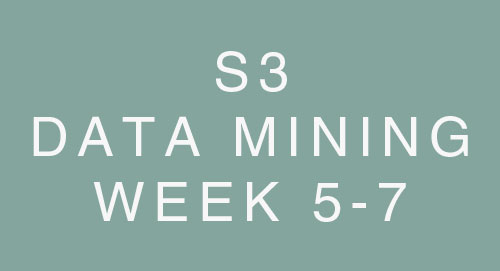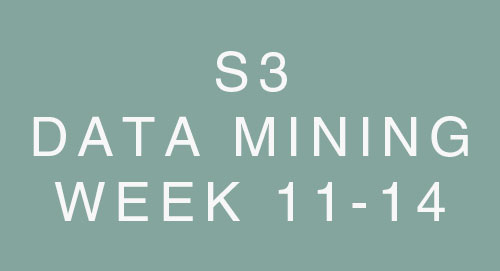Week 1 - Mathematical Statements
Discrete MathematicsPermalink
- The study of mathematical structures that are fundamentally discrete rather than continuous.
Why discrete?Permalink
- Computers use bits (1s and 0s) to store and process information, making discrete elements important for computing.
- Many real-world problems can be represented using discrete mathematics.
Mathematical Statements - DefinitionPermalink
- These are sentences that can be either true or false but not both.
Types of StatementsPermalink
-
Atomic (primitive): Simple, cannot be broken down further (e.g., “Three is an odd number”).
-
Molecular (compound): Compound, composed of atomic statements connected by logical connectives (e.g., “The sun is shining, and it is cold”).
Logical ConnectivesPermalink
- “and” (∧): Conjunction (e.g., “It is raining and it is cold”).
- “or” (∨): Disjunction (e.g., “100 is a multiple of 5 or 10”).
- “if…then” (⟶): Implication/Conditional (e.g., “If a number is odd then it is prime”).
- “if and only if” (⟷): Equivalence/Bi-conditional (e.g., “A rectangle is a square if and only if all its four sides are equal”).
- “not” (¬): Negation (e.g., “Seven is not greater than fourteen”).
Propositional VariablesPermalink
- Represented by P, Q, R, S, etc., and can stand for any statement.
Truth ConditionPermalink
- P∧Q is TRUE when both P and Q are TRUE
- P∨Q is TRUE when P or Q or both are TRUE
- P⟶Q is TRUE when P is FALSE, or Q is TRUE or both
- P⟷Q is TRUE when P and Q are both TRUE or both FALSE.
- ~P is TRUE when P is FALSE
Truth TablePermalink
- Displays the relationships between the truth values of propositions.
ImplicationPermalink
- P ⟶ Q is true when P is false, or Q is true, or both.
Converse & ContrapositivePermalink
- Converse: Q ⟶ P
- Contrapositive: ¬Q ⟶ ¬P
If and only ifPermalink
- P ⟷ Q is logically equivalent to (P ⟶Q) ∧ (Q ⟶P)
- P is necessary for Q means Q ⟶P
- P is sufficient for Q means P ⟶Q
- If P is necessary and sufficient for Q, then P ⟷ Q
EquivalencePermalink
- P ⟷ Q is true when P and Q are both true or both false.
PredicatesPermalink
- Express the nature of a subject (e.g., P(x): x is greater than 7).
QuantifiersPermalink
- Universal Quantifiers (∀): “For all” or “every” (e.g., ∀x (x ≥ 0) means every number is greater than or equal to 0).
- Existential Quantifiers (∃): “There exists” or “there is” (e.g., ∃x (x < 0) means there is a number less than 0).
Quantifiers and NegationPermalink
- ¬∀x P(x) is equivalent to ∃x ¬P(x)
- ¬∃x P(x) is equivalent to ∀x ¬P(x)



